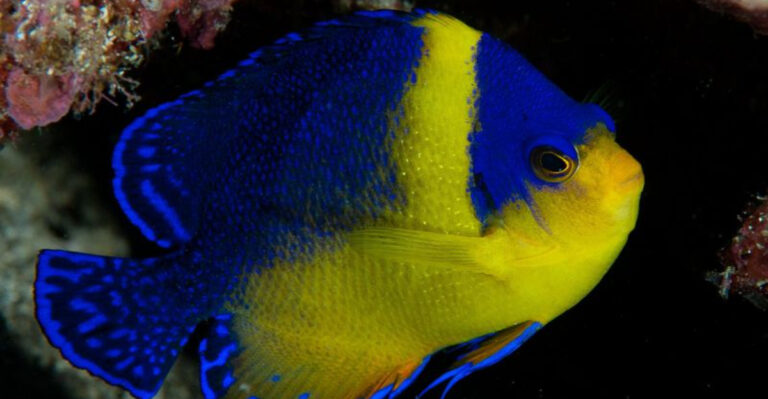7 Most Venomous Octopuses You Need To Know About

Octopuses are among the ocean’s most intelligent creatures, but some pack a deadly punch. Hidden beneath their soft bodies and remarkable camouflage abilities, certain species carry venom potent enough to kill humans within minutes.
Whether you’re a diver, beachcomber, or ocean enthusiast, knowing these seven venomous octopuses could save your life.
1. Blue-Ringed Octopus
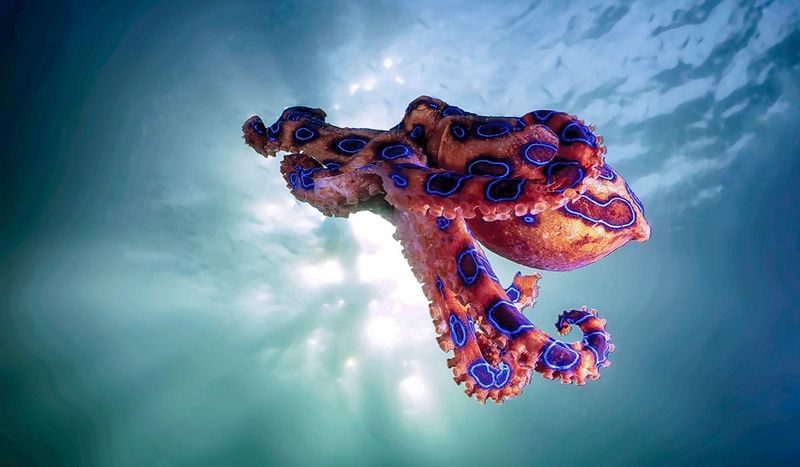
Don’t be fooled by its tiny size and vibrant beauty! This small creature carries enough venom to kill 26 adult humans in minutes.
The blue rings flash as a warning when threatened, signaling one of nature’s deadliest neurotoxins is ready for action. No antivenom exists, making this palm-sized predator Australia’s most dangerous marine animal.
2. Mimic Octopus

Master of disguise with a venomous twist! While studying this shape-shifting marvel, researchers discovered its bite contains toxins that can cause severe reactions in humans.
Found slinking through Indonesian waters, it famously impersonates toxic flatfish, lionfish, and sea snakes to scare predators away. Its remarkable ability to mimic multiple dangerous creatures serves as nature’s perfect warning system.
3. Greater Blue-Ringed Octopus
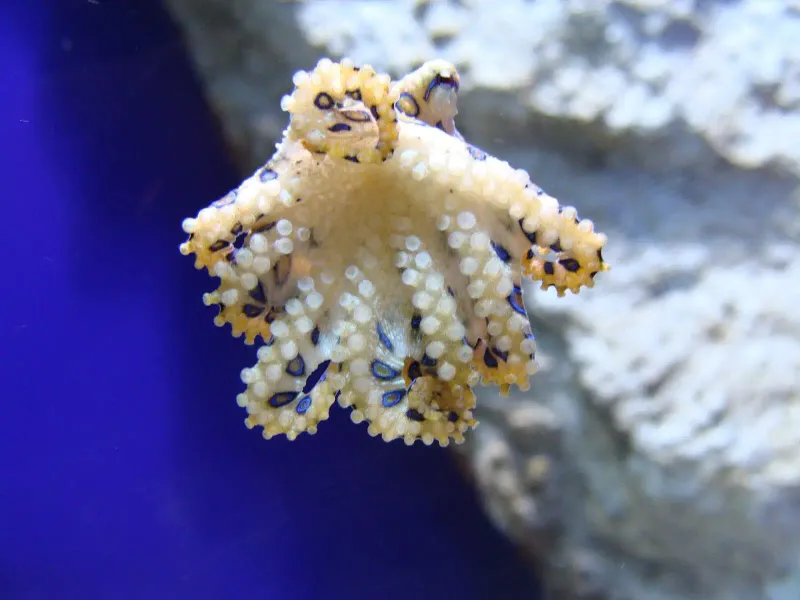
The bigger, badder cousin of the standard blue-ringed octopus packs an equally lethal punch. When agitated, electric-blue circles illuminate across its yellowish skin like neon warning signs.
Fishermen in Japan call it “mizu-dako” (water octopus) and fear its bite, which causes immediate numbness followed by respiratory failure. Its hunting strategy is surprisingly gentle – it simply hugs prey until paralysis sets in.
4. Octopus Macropus
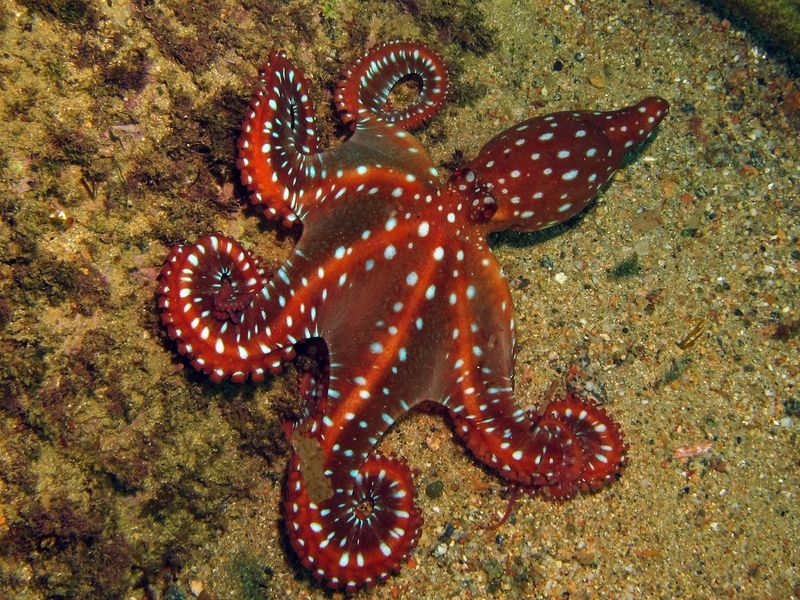
Nicknamed the white-spotted octopus, this long-armed hunter delivers a painful surprise to unwary handlers. Its characteristic white spots serve as nature’s caution tape.
Scientists recently discovered its venom contains unique compounds that could potentially benefit medical research. Despite not being lethal to humans, its bite feels like a wasp sting on steroids and can cause localized swelling lasting for days.
5. Caribbean Reef Octopus
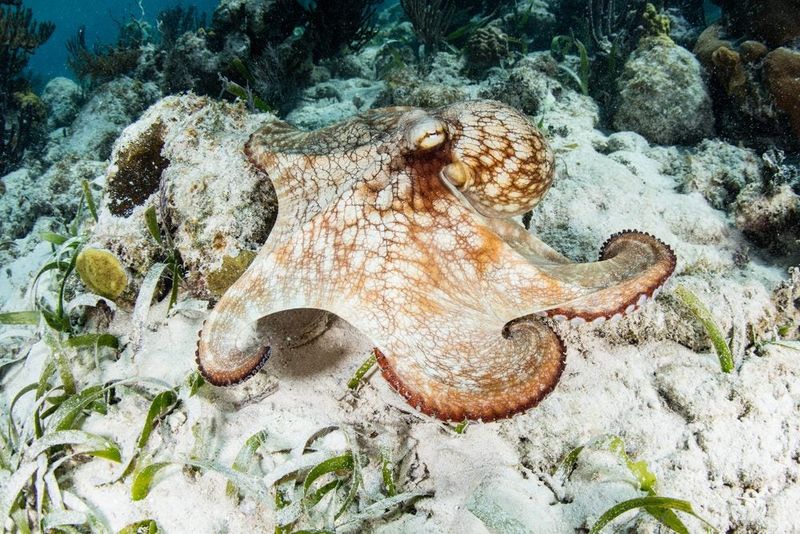
Flashing hypnotic color displays isn’t just for show – this kaleidoscopic hunter uses venom to paralyze crabs and small fish before feasting. Divers often encounter these curious creatures exploring coral formations at night.
While not typically aggressive, disturbing one can result in a painful bite that causes burning sensations and temporary muscle weakness – a stern reminder to respect wildlife from a distance.
6. Veined Octopus
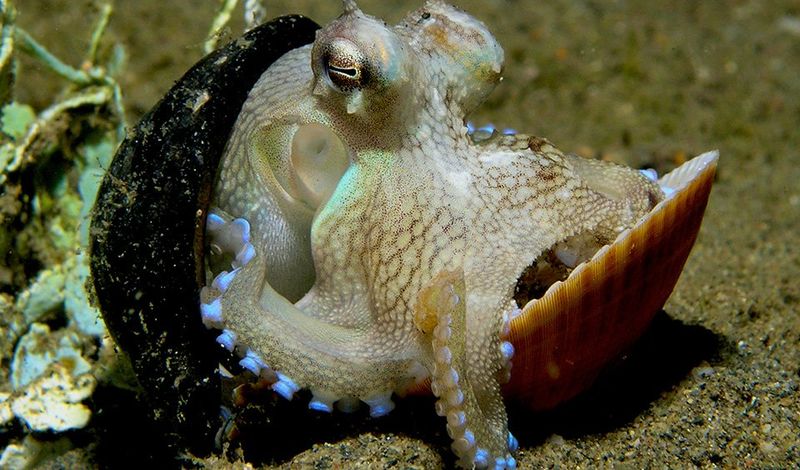
Famous for its tool-using intelligence, this clever cephalopod carries a secret weapon – specialized venom glands in its salivary tissue. Marine biologists watched in amazement as one used coconut shells as portable armor!
Its bite rarely affects humans seriously but causes intense discomfort. The distinctive web-like pattern on its skin resembles veins, giving this eight-armed genius its memorable name.
7. Red-Tipped Octopus
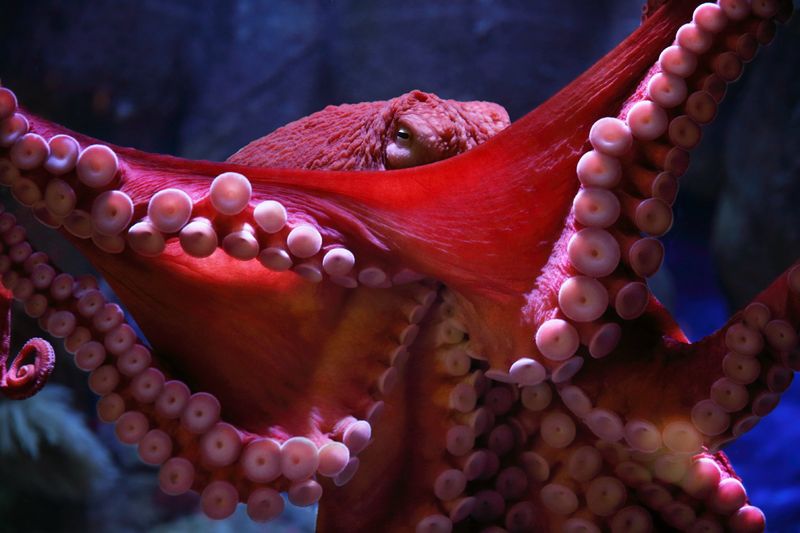
Sporting distinctive crimson tips on each tentacle, this flashy hunter injects venom through its beak to immobilize unsuspecting prey. Filipino fishermen tell tales of mysterious painful stings followed by nausea after handling these creatures.
Though rarely encountered by humans, scientists believe its unique venom composition could hold untapped potential for pharmaceutical applications, particularly for pain management research.






